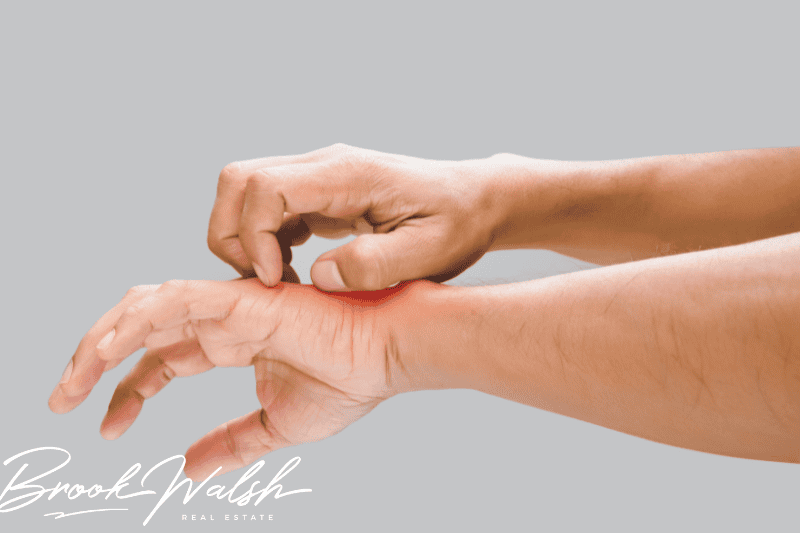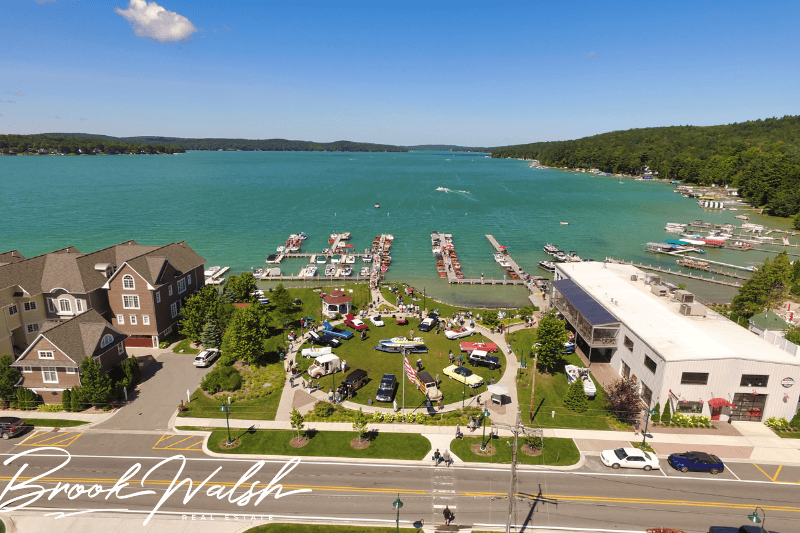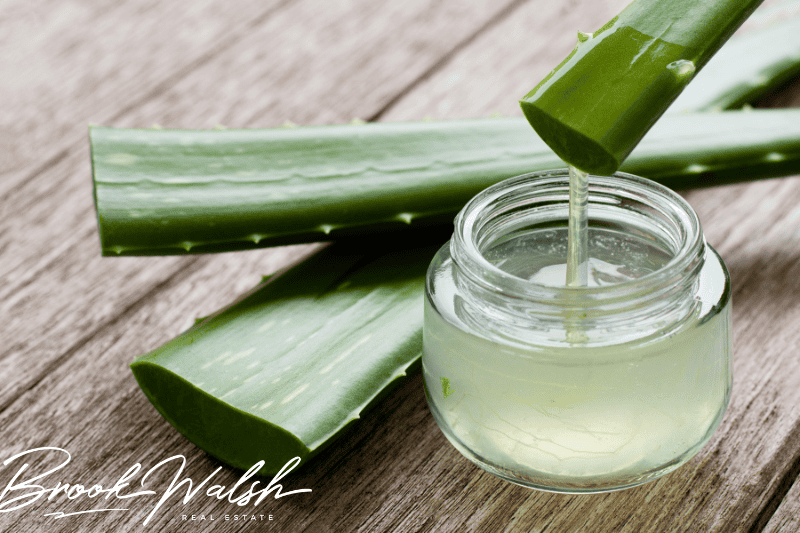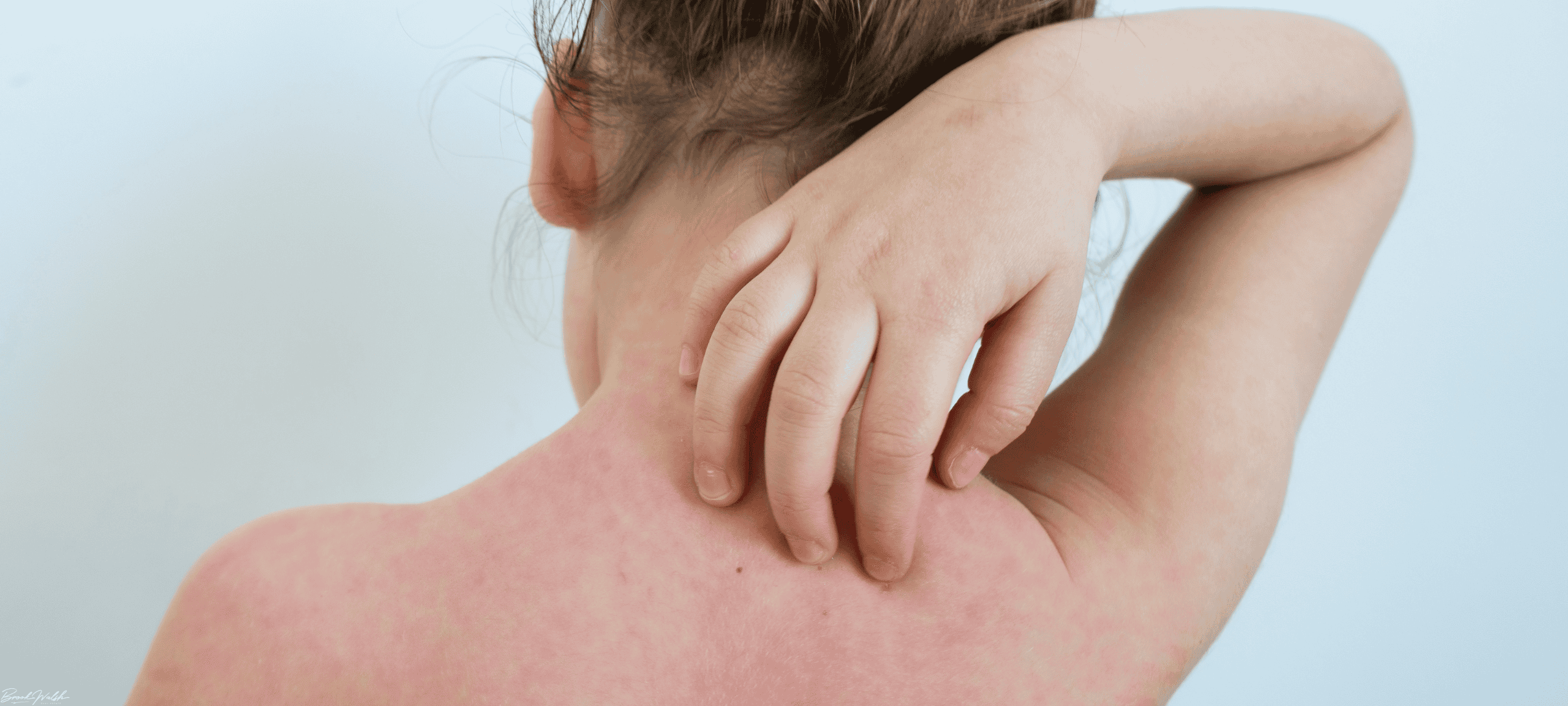Walloon Lake Swimmers Itch: Surprising Truths, Prevention Tips & Remedies
Discover the facts about Walloon Lake Swimmers Itch. Learn its causes, symptoms, prevention tips, and natural remedies so you can enjoy your summer safely.
Understanding Swimmers Itch

What is Swimmers Itch?
Swimmers itch, also known medically as cercarial dermatitis, is a skin rash caused by an allergic reaction to certain microscopic parasites. These parasites are released from infected snails into fresh and saltwater lakes, including the beautiful and popular Walloon Lake in Michigan. When humans swim or wade in contaminated water, the parasites can mistakenly burrow into the skin, leading to an itchy, red rash.
Though it sounds alarming, swimmers itch is not contagious and usually resolves on its own within a few days. However, the itching can be intense and uncomfortable, especially for children or individuals with sensitive skin.
Causes and Life Cycle of the Parasite
The parasites responsible for swimmers itch are actually larval forms of flatworms called schistosomes. These larvae naturally infect birds, particularly waterfowl like ducks and geese, as their primary hosts. The cycle starts when infected birds release parasite eggs into the water through feces. These eggs hatch into larvae that then infect snails—another critical host in the life cycle.
Inside the snail, the larvae multiply and later exit into the water in search of their bird hosts. When humans are present, the larvae can mistakenly try to enter the skin. Though they die quickly, the body reacts to them as it would to any foreign invader—triggering an allergic rash.
Common Symptoms to Watch For
Symptoms of swimmers itch typically begin within minutes to hours after swimming and may include:
-
Tingling or burning sensation on the skin while still in the water
-
Itchy red spots or pimples, often in clusters
-
Small blisters or raised bumps
-
Localized swelling or inflammation
The rash can last anywhere from 2 to 7 days, and scratching may lead to secondary infections. In rare cases, more severe allergic reactions can occur.
Walloon Lake and Its Unique Environment

Overview of Walloon Lake
Walloon Lake, located in Michigan’s lower peninsula, is a pristine and popular summer destination known for its crystal-clear water and scenic views. Spanning over 4,000 acres, it attracts swimmers, boaters, and nature lovers alike.
Why Walloon Lake is a Hotspot for Swimmers Itch
Despite its beauty, Walloon Lake is one of several Michigan lakes where swimmers itch is commonly reported. The combination of warm summer water, abundant bird populations, and aquatic snail habitats creates an ideal breeding ground for the parasites responsible for the rash.
Seasonal Trends and Water Temperatures
The peak season for swimmers itch at Walloon Lake typically runs from late June through early August, when water temperatures rise above 70°F. Calm and shallow waters, especially near the shore where snails thrive, are the highest risk areas.
Identifying Risk Zones at Walloon Lake
High-Risk Swimming Areas Around the Lake
Not all parts of Walloon Lake pose the same risk for swimmers itch. Certain shallow, warmer sections—especially near docks, marshy shorelines, and heavily populated bird areas—tend to report higher cases. Locations with still water and visible snail populations (on rocks or vegetation) are especially risky.
Common high-risk areas include:
-
Shallow bays
-
Residential shorelines with heavy bird activity
-
Inlets and coves with stagnant water
Visitors are encouraged to check with local lake authorities or the Walloon Lake Association for updates on affected zones.
Areas That Are Typically Safe
Deeper waters farther from shore are generally safer for swimming. Moving water, cooler temperatures, and fewer aquatic snails reduce the risk. Boat-access swimming spots or offshore floating platforms often offer a more itch-free experience.
Some Walloon Lake resorts and rental homes take proactive measures like snail removal or water circulation, which can significantly lower the parasite population.
How Swimmers Itch Spreads at Walloon Lake
Role of Waterfowl and Snails in Transmission
Waterfowl, such as ducks, geese, and gulls, are natural hosts for the parasites responsible for swimmers itch. Their feces introduce the parasite eggs into the water, which hatch and then infect snails. These snails act as intermediate hosts, where the larvae multiply before being released again to search for a bird host—or mistakenly, a human swimmer.
Feeding wild ducks or geese can attract more birds to an area, which in turn increases the risk of parasite transmission. That’s why experts strongly advise not feeding waterfowl at Walloon Lake.
Conditions That Worsen Outbreaks
Outbreaks of swimmers itch are more likely when:
-
Water temperatures are warm (above 70°F)
-
There are many aquatic snails and bird hosts
-
Winds blow larvae toward shorelines
-
Swimmers linger near the water's edge or stir up sediments
Weather conditions and lake ecology play major roles in the prevalence and severity of each season’s outbreak.
Preventing Swimmers Itch at Walloon Lake
Protective Clothing and Barriers
Wearing snug-fitting swimsuits, water shoes, or full-body swimwear can create a barrier that makes it harder for parasites to penetrate the skin. Neoprene wetsuits and rash guards are popular among frequent lake swimmers.
Additionally, applying water-resistant sunscreen or barrier creams (like petroleum jelly or specially formulated anti-itch lotions) before entering the water can create a temporary shield on exposed skin.
Pre-Swim and Post-Swim Hygiene Tips
Simple habits can go a long way in preventing swimmers itch:
-
Towel off immediately after getting out of the water to remove parasites before they burrow
-
Rinse with clean water (or take a quick shower) right after swimming
-
Avoid air drying, which can give larvae more time to invade the skin
Parents should ensure children are dried off and rinsed promptly after playing in shallow areas.
Products That Help Reduce Risk
Several over-the-counter lotions claim to prevent swimmers itch, including:
-
Swim Itch Guard
-
Safe Sea Anti-Itch Sunscreen
-
BullFrog Mosquito Coast with SPF and barrier protection
Always read product labels and consult with your healthcare provider for recommendations, especially when using them on children.
Natural and Medical Remedies for Swimmers Itch

Home Remedies and Relief Methods
If you or a loved one develops swimmers itch, here are some natural and easy remedies:
-
Apply baking soda paste or oatmeal baths to relieve itching
-
Use cool compresses on irritated areas
-
Aloe vera gel and calamine lotion can help soothe skin and reduce inflammation
Keeping fingernails short and discouraging scratching reduces the risk of secondary infection.
When to Seek Medical Treatment
In most cases, swimmers itch resolves on its own. But you should consult a doctor if:
-
The rash becomes increasingly painful or shows signs of infection
-
It persists longer than a week
-
You experience fever or swollen lymph nodes
Physicians may prescribe antihistamines or topical corticosteroids for more severe reactions.
Over-the-Counter Lotions and Creams
Products that can provide relief include:
-
Benadryl Itch Stopping Gel
-
Hydrocortisone cream (1%)
-
Aveeno Anti-Itch Cream
These options are readily available at drugstores and help reduce discomfort while the rash heals.
Long-Term Solutions and Community Actions

Local Efforts to Control the Parasite
Local groups and lake associations around Walloon Lake actively work to control swimmers itch. Efforts include:
-
Snail population management
-
Bird deterrence strategies
-
Public education campaigns
These collaborative efforts aim to create a safer environment for all lake visitors.
The Role of Environmental Stewardship
Protecting the lake’s ecosystem plays a major role in reducing swimmers itch outbreaks. Key actions include:
-
Avoiding the feeding of wild birds
-
Properly disposing of pet and human waste
-
Supporting shoreline vegetation restoration
By keeping Walloon Lake clean and ecologically balanced, the community can significantly lower the risk of infection.
Personal Stories from Walloon Lake Visitors

Family Experiences and Lessons Learned
Families often share stories of unexpected rashes after a day of lake fun, followed by quick recoveries and lessons in prevention. Most express that while the rash is unpleasant, it hasn't stopped them from returning—just made them more cautious.
Tips from Local Residents and Frequent Swimmers
Locals know that timing matters. Many recommend:
-
Swimming earlier in the day when parasite activity is lower
-
Avoiding shorelines after heavy rainfall
-
Using designated swimming areas with lower reported cases
Their firsthand tips help visitors make the most of their lake experience without the itch.
Frequently Asked Questions about Walloon Lake Swimmers Itch

1. How long does Swimmers Itch last?
A. Most cases clear up in 3 to 7 days without treatment.
2. Is it contagious between people?
A. No, swimmers itch cannot spread from person to person.
3. Can children and pets be affected?
A. Yes, children are especially vulnerable due to more time in shallow water. Dogs may also experience itching but not the same rash.
4. Are some people more susceptible than others?
A. Yes, individuals with sensitive skin or allergies may react more strongly.
5. What’s the best time of day to swim safely?
A. Early mornings and cooler water times are safer; larvae are less active.
6. Is Swimmers Itch dangerous or just uncomfortable?
A. It's typically harmless but very itchy. Secondary infections from scratching are the main risk.
Conclusion: Enjoying Walloon Lake Safely

Balancing Fun and Awareness
Walloon Lake remains a beloved vacation destination, and with just a bit of awareness, you can enjoy all it has to offer without the irritation. By understanding the causes, recognizing the symptoms, and following prevention tips, you can confidently swim and explore.
Resources for Further Information
For more updates and lake conditions, visit:
-
Michigan Department of Health: Swimmers Itch Resource Pages


Leave A Comment